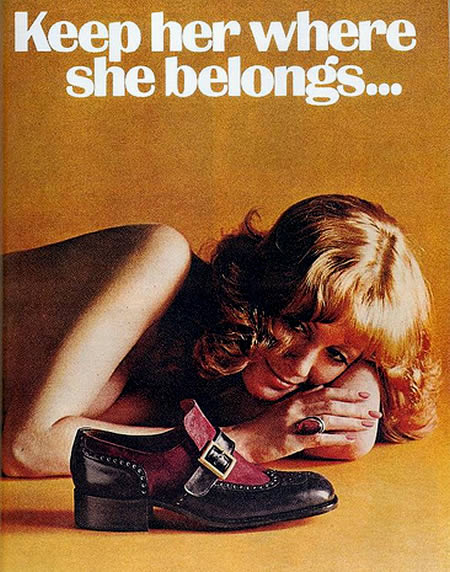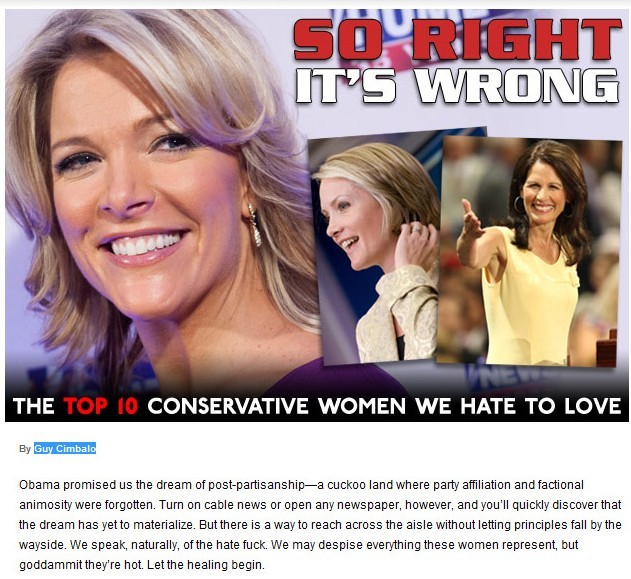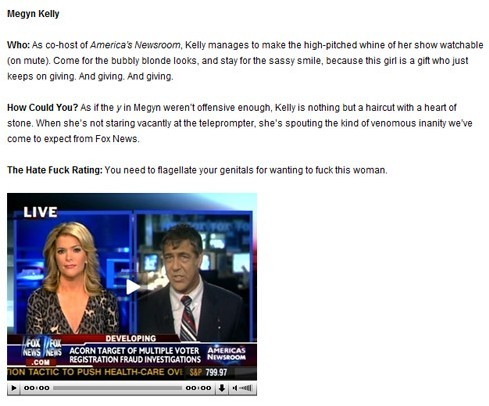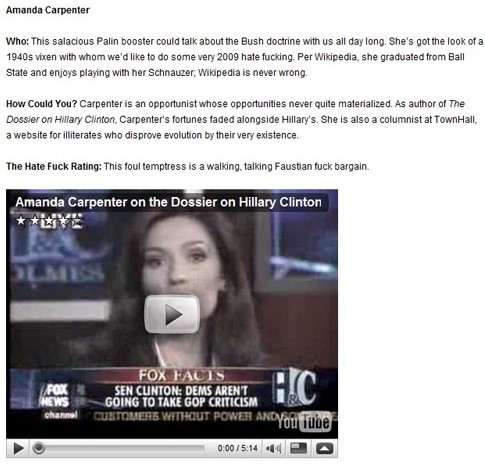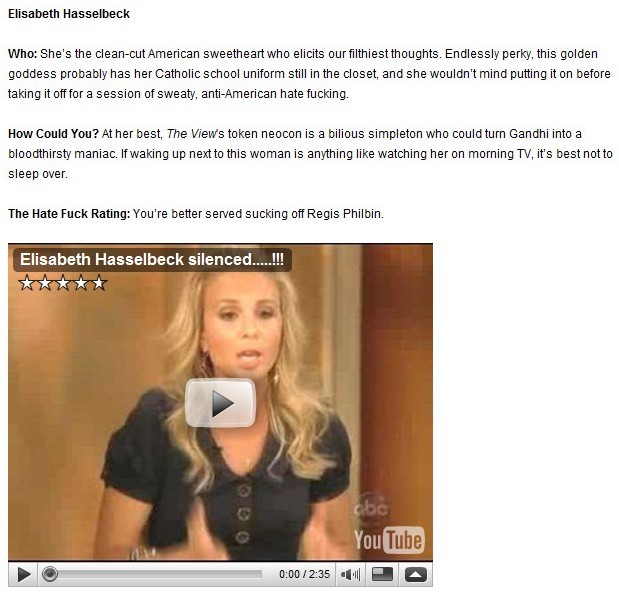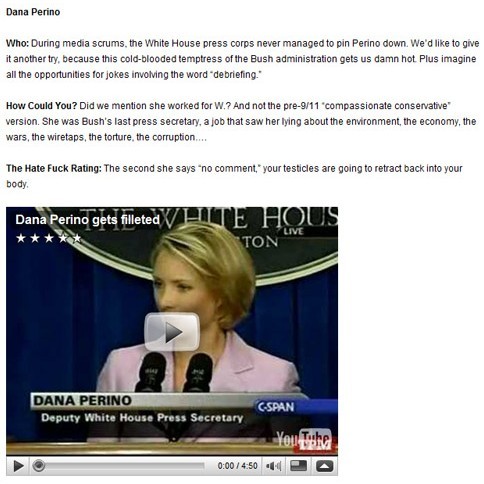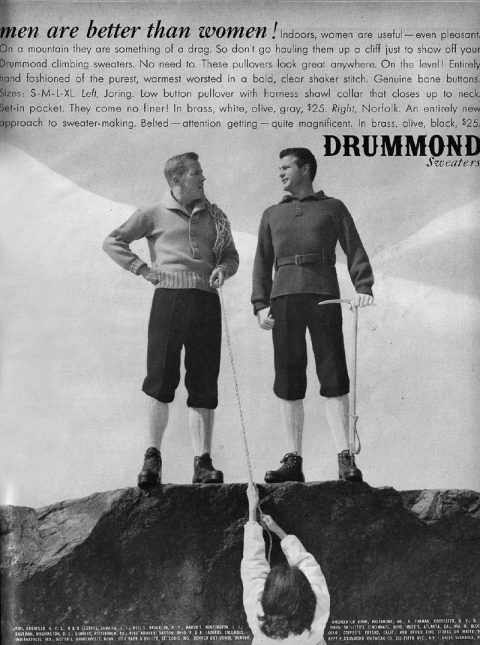In a collection of alcohol ads from the 1960s and ’70s, Retronaut included an ad that is a nice example of how marketers sometimes co-opt social movements. In this case, the co-optation works against the movement, sending the opposite message that it intended.
“I never even thought of burning my bra until I discovered Smirnoff,” says a woman with bedroom eyes. The message, of course, is not that a woman who drinks the vodka will become politicized; instead, it is that Smirnoff will “loosen her up” and facilitate seduction.
We’ve posted other examples of this phenomenon, including a series of Playboy illustrations that co-opted the feminist movement (“Male supremacy is all right — but I favor a different position”) as well as the Civil Rights and Anti-War movements. We’ve also collected instances of feminist rhetoric being used to market a wide range of products and, of course, there’s always the remarkable “torches of freedom” pro-smoking campaigns.
The bra-burning story, incidentally, is a myth. In 1968 feminists protested outside of the Miss America pageant; they threw many items deemed oppressive into a trash can: bras, yes, as well as cosmetics, high heels, etc. They didn’t light the trash can on fire. The idea that they burned bras was added later, in an effort to link the Women’s Movement to the Anti-War Movement (remember that draftees were burning their draft cards). The Anti-War Movement was, at the time, being taken more seriously, so the link was meant to give feminism more credibility. Instead, the idea of feminists burning bras became a humorous cultural trope, hence the ad above.
Lisa Wade, PhD is an Associate Professor at Tulane University. She is the author of American Hookup, a book about college sexual culture; a textbook about gender; and a forthcoming introductory text: Terrible Magnificent Sociology. You can follow her on Twitter and Instagram.


